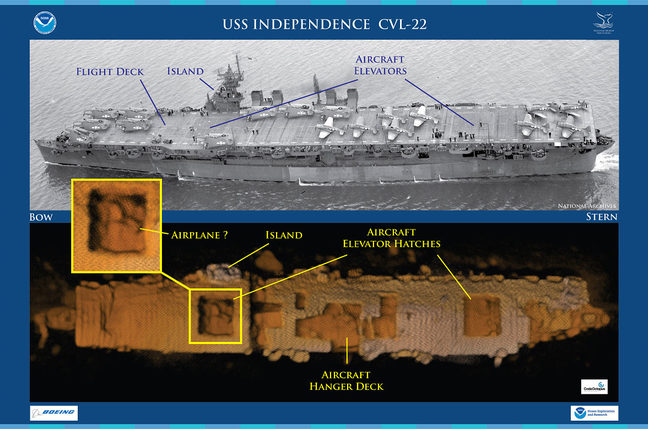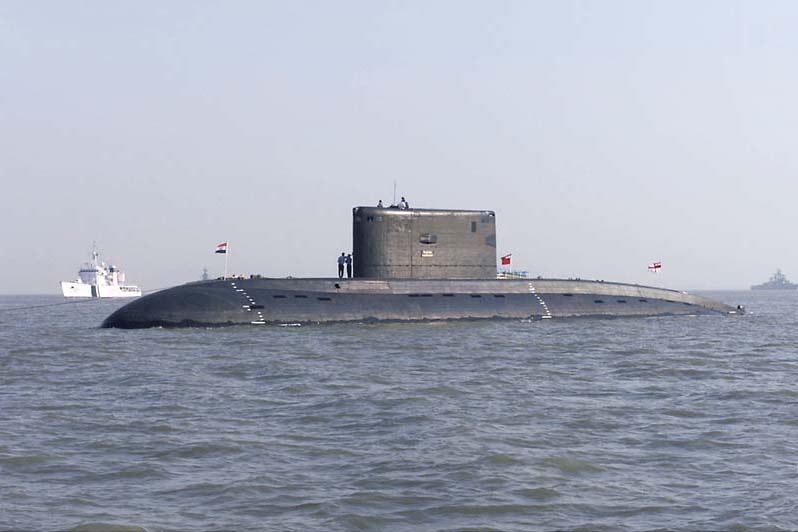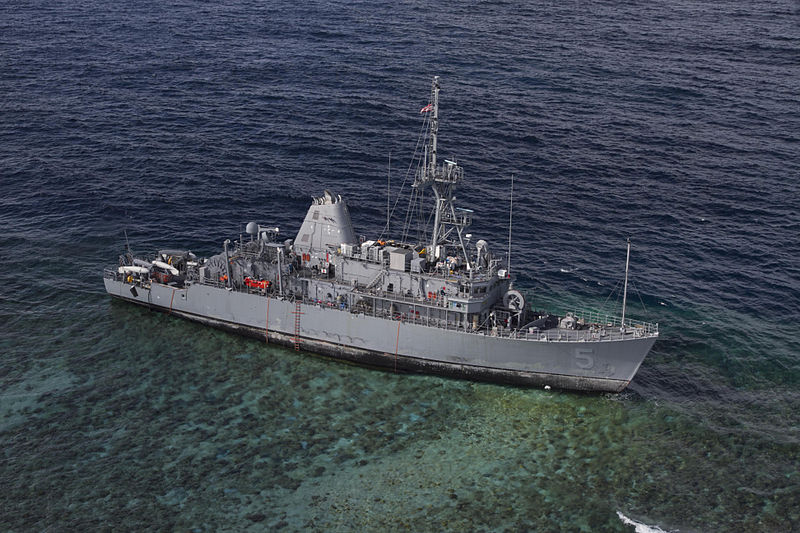Perhaps “binge” isn’t quite the right word to use…
Finnish divers recently discovered several crates of champagne and beer from a sunken ship that had been at the bottom of the Baltic Sea for nearly two centuries. The experts carefully identified, researched, and analyzed the alcohol…then they drank it.
The divers discovered the wreck just south of Aaland, a Finland-controlled archipelago of some 6,500 small islands in the Baltic Sea. Inside the sunken schooner, they found 168 bottles of champagne and an undisclosed amount of bottles of beer. The ship itself likely dates back to the second quarter of the 19th century, making its cargo almost certainly the oldest alcoholic drinks in existence. By comparison, the oldest wines in private hands are only thought to date back to the very end of the 1800s.
This entire story is a good reminder of a basic scientific truth — when in doubt, start drinking the 200-year-old booze. The divers first discovered the champagne was drinkable when changing pressures caused the cork to pop off one of the bottles, and a diver decided to take a swig. He expected to taste seawater that had seeped into the bottle over the last 200 years — which raises very legitimate questions about just why he decided to take a sip in the first place — but was shocked to discover the wine still tasted fine.
H/T to Never Yet Melted, for linking to a story from 2010.




 It is just a long, slender, green-bean of a thing, but this dune off the cold coast of Nova Scotia is anything but a harmless strip of sand. Its swirling waters are known as the Graveyard of the Atlantic, for they have swallowed 350 ships since 1583. Its underwater Scotian Shelf hosts 18 shark species who feast on the island’s grey seals.
It is just a long, slender, green-bean of a thing, but this dune off the cold coast of Nova Scotia is anything but a harmless strip of sand. Its swirling waters are known as the Graveyard of the Atlantic, for they have swallowed 350 ships since 1583. Its underwater Scotian Shelf hosts 18 shark species who feast on the island’s grey seals.

